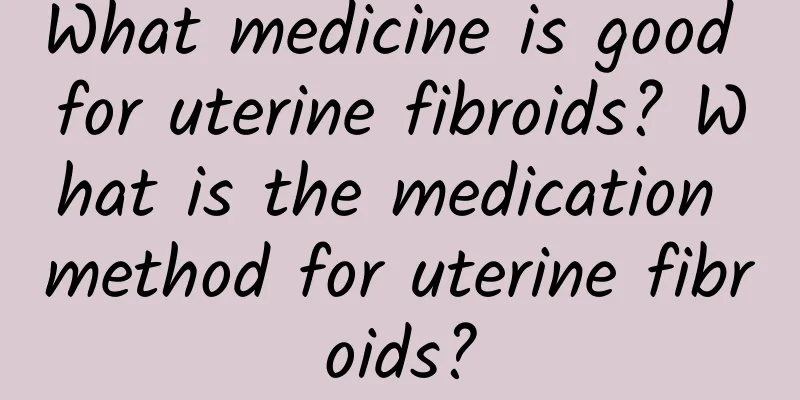How to treat pelvic effusion? What are the 4 methods to treat pelvic effusion?

|
Pelvic effusion is an imaging description of fluid in the pelvic cavity and can be divided into physiological pelvic effusion and pathological pelvic effusion. 1. Physiological pelvic effusion: such as peritoneal fluid, does not require special treatment and can absorb a small amount of pelvic fluid by itself; 2. Pathological pelvic effusion: Inflammatory effusion, internal bleeding, etc. should be treated in the hospital in time to identify the cause and provide symptomatic treatment. Physiological pelvic effusion does not require special treatment. If it is pelvic inflammatory disease or tumor effusion, the amount of effusion will exceed 100 ml, and targeted treatment should be taken according to the cause. A small amount of pelvic effusion can be absorbed by itself. Have you discovered that every woman will have pelvic effusion? However, under normal circumstances, pelvic effusion will be absorbed by the body. But if there is severe pelvic effusion, what method is used to treat pelvic effusion? 1. General treatment Relieve patients' mental worries, exercise, improve physical resistance, enhance treatment confidence, and focus on combining work and rest. 2. Physical therapy The benign stimulation of warmth can promote local blood circulation in the pelvic cavity, improve the nutritional status and metabolism of tissues, and promote the absorption and disappearance of inflammation. 3. Medication Use anti-inflammatory drugs, hormone drugs or traditional Chinese medicine for symptomatic treatment. The most effective antibiotic can be selected through drug sensitivity testing. 4. Surgery If there is a mass, hydrosalpinx or tubo-ovarian cyst, surgical treatment is recommended; if there is a small amount of infection or repeated inflammation, laparoscopic exploration should also be performed. The principle of surgical cure is to avoid leaving lesions. Young women should try to preserve ovarian function. Single therapy is less effective in treating chronic pelvic inflammatory disease, and comprehensive treatment is recommended. Generally, after active and effective treatment, the recovery is good. You should pay attention to personal hygiene, eat more light food, avoid sexual intercourse during menstruation, drink more water, avoid unnecessary gynecological examinations, develop good vaginal cleaning habits, and maintain an optimistic attitude towards life. |
<<: The five major hazards of dysmenorrhea cannot be ignored
>>: Which one is less harmful, medical abortion or surgical abortion?
Recommend
Can vulvar itching be cured by traditional Chinese medicine?
In clinical practice, there are many ways to trea...
What medicine is good for cervical erosion
Cervical erosion does not require medication if t...
Causes of cervical hypertrophy
Cervical hypertrophy is a type of gynecological d...
How much do you know about common pelvic inflammatory disease examination methods?
Pelvic inflammatory disease is a serious health d...
What can I eat to make my uterine fibroids smaller? What can I eat to make my uterine fibroids disappear?
Uterine fibroids are a common gynecological disea...
Sexual dysfunction can cause uterine fibroids
Uterine fibroids are a common disease among women...
What are the treatment measures for adnexitis?
There are many ways to treat adnexitis. Generally...
What are the causes of early miscarriage?
Early miscarriage may be caused by genetic inheri...
Foods that may cause miscarriage in pregnant women
Pregnant mothers should pay attention to the comp...
There are many causes of primary dysmenorrhea.
What is the cause of primary dysmenorrhea? Primar...
How to use medicine for pelvic inflammatory disease? There are many precautions
There are many things to note when using drugs to...
Experts help you understand acute cervicitis
Most patients with acute cervicitis will suffer f...
Patients with uterine fibroids must learn how to self-examine
With the increasing number of patients with uteri...
What should we pay attention to when treating cervical hypertrophy?
What should we pay attention to when treating cer...
What to do if you are congenitally without vagina and adenomyoma
Nowadays, women are always troubled by various gy...









